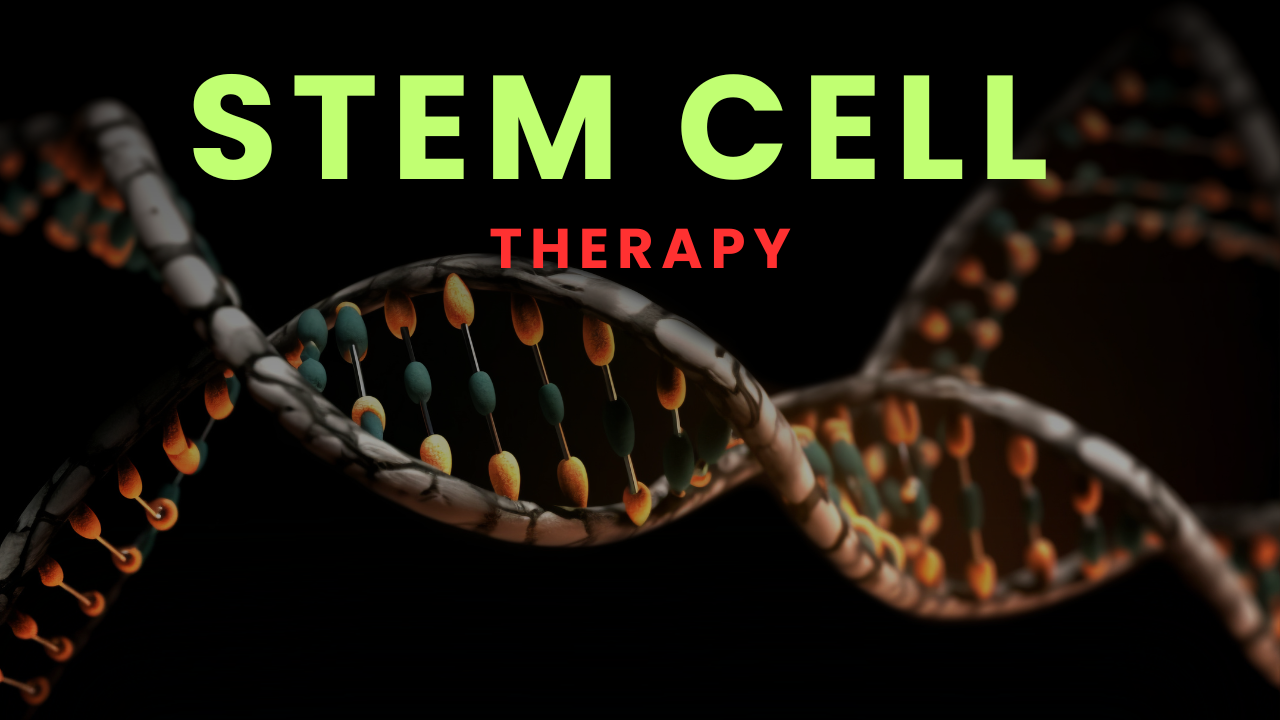Font size:
Print
Stem Cell Therapy: A New Hope for Type 1 Diabetes in India
Context:
Stem cell therapy represents a cutting-edge advancement in regenerative medicine, offering the possibility of a functional cure for Type 1 diabetes (T1D) by enabling the regeneration of insulin-producing beta cells.

More on News:
A recent case in China reported a woman with T1D regaining insulin production after receiving reprogrammed stem cells, marking a significant milestone in diabetes management.
The Science Behind Stem Cell Therapy:
- Stem cell therapy operates within the realm of regenerative medicine, utilising pluripotent stem cells capable of differentiating into various cell types, including insulin-producing beta cells.
- These pre-programmed cells can be transplanted into the body, where they may begin producing insulin to help regulate blood glucose levels, representing a potential game-changer for T1D treatment.
- Scientists have been advancing techniques to create cells that mimic the functionality of pancreatic islets from different pluripotent stem cell sources. This includes:
- Embryonic Stem Cells (ESC): Derived from early-stage embryos, these can differentiate into beta cells.
- Induced Pluripotent Stem Cells (iPSCs): Adult cells are reprogrammed to a pluripotent state, allowing them to become insulin-producing cells. This approach offers a less controversial alternative to ESC.
Challenges:
- Invasiveness: The procedure is invasive and carries inherent risks.
- Immune Rejection: Newly transplanted cells may be rejected by the body, necessitating long-term immune suppression, which can increase the risk of infections and cancer.
- Encapsulation Technology: While methods exist to protect transplanted cells from immune rejection, these may also pose long-term risks.
- Durability of Beta Cells: There is uncertainty regarding the need for periodic replenishment to maintain the functionality and durability of the transplanted cells.
- Regulatory Approvals: Before stem cell therapy can become widely available, it must undergo rigorous regulatory scrutiny.
Indian Perspective:
- Prevalence: Over 860,000 people in India live with T1D, facing high healthcare costs and challenges in daily management.
- Current Treatments: New insulin therapies and advanced delivery devices (like AI-enabled insulin pumps and continuous glucose monitors) have improved management, especially in children.
Future Outlook:
- Potential Revolution: If successful, stem cell therapy could shift T1D treatment from insulin replacement to restoring the body’s natural ability to regulate blood glucose.
- Further Research Needed: More studies are necessary to establish the long-term efficacy and scalability of stem cell therapy for the broader population.
- Accessibility Concerns: Given high costs and the need for scalable solutions, significant time may be required before stem cell therapy becomes a standard treatment for T1D.
What is Type 1 Diabetes?
- Type 1 diabetes (T1D) is an autoimmune condition in which the pancreas completely stops producing insulin, a crucial hormone that regulates blood glucose levels by facilitating its absorption into the liver, fat, and other cells. Unlike type 2 diabetes, which is characterised by reduced insulin production or insulin resistance, T1D results in total insulin deficiency.
Key Features :
- Onset: T1D is primarily diagnosed in children and adolescents, although it can occur at any age.
- Severity: While less prevalent than type 2 diabetes, T1D is more severe.
- Individuals with T1D require lifelong insulin therapy for survival; without it, they can experience life-threatening conditions within weeks.
- Symptoms: Common symptoms include frequent urination, extreme thirst, fatigue, and weight loss. Many children present with severe symptoms, and about one-third may have diabetic ketoacidosis (DKA), a serious complication where the body produces high levels of ketones due to inadequate glucose absorption.
Subscribe to our Youtube Channel for more Valuable Content – TheStudyias
Download the App to Subscribe to our Courses – Thestudyias
The Source’s Authority and Ownership of the Article is Claimed By THE STUDY IAS BY MANIKANT SINGH





